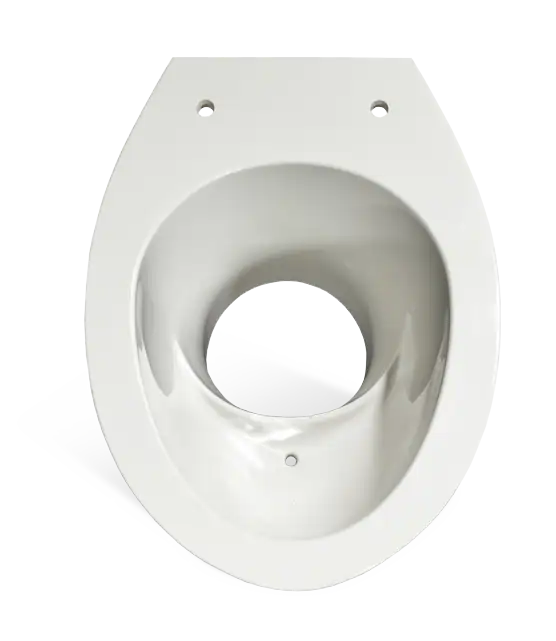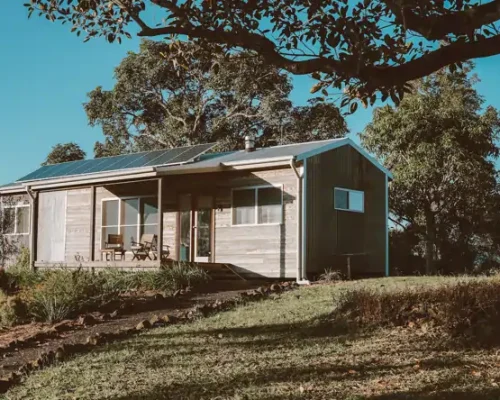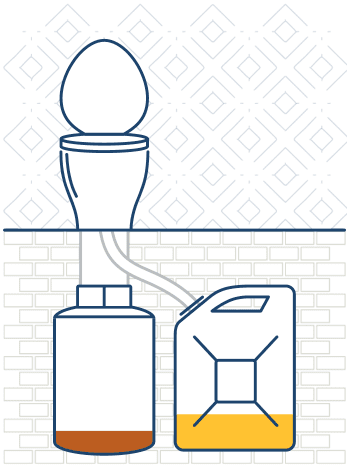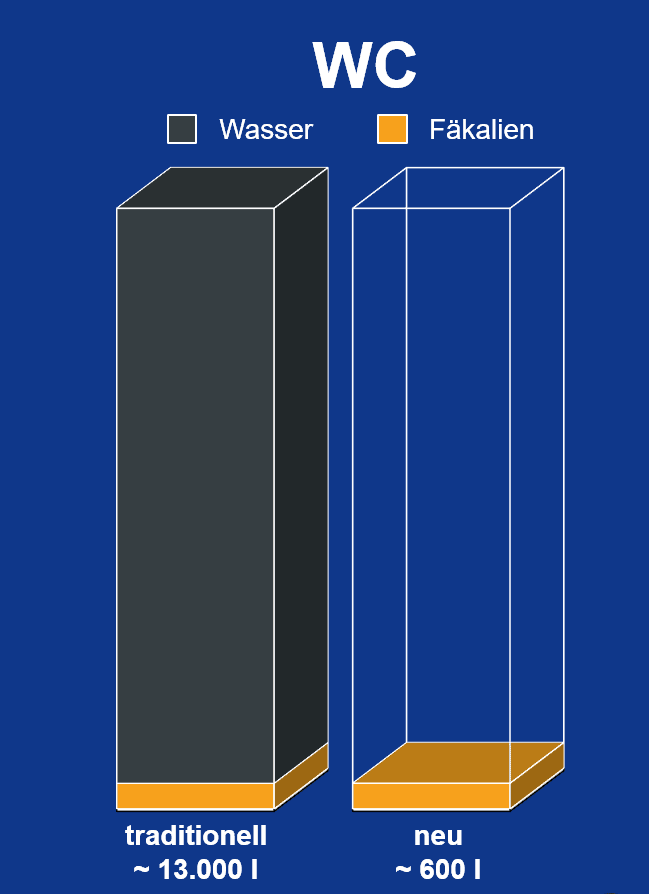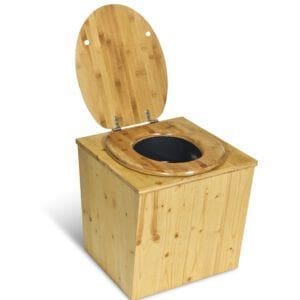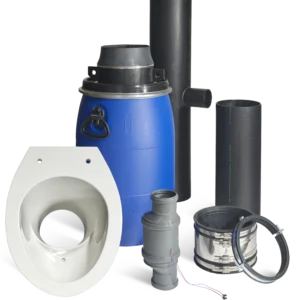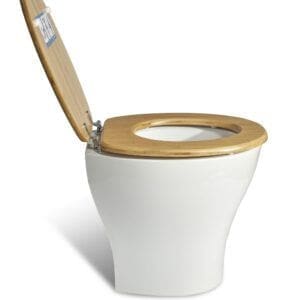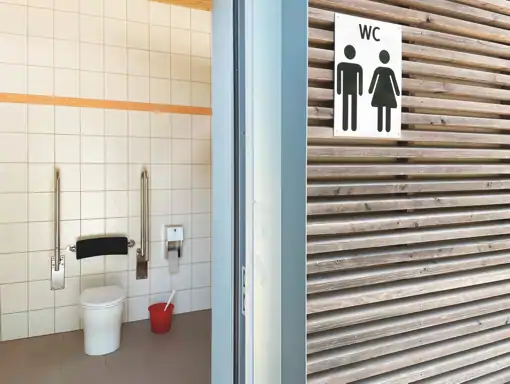Non-sewered Sanitation System
User-friendly
Operator-friendly
Eco-friendly
User-friendly
Operator-friendly
Eco-friendly
🛋️ COMFORT
Odorless and
without additives
🏠 AUTARK
Connection-free and
flexibly installable
🛡️ ROBUST
Low maintenance
and easy disposal
💰 ECONOMIC
Cost effective and
raw material efficient
📐 STANDARD
DIN 30762 certified
🛋️ COMFORT
Odorless and
without additives
🏠 AUTARK
Connection-free and
flexibly installable
🛡️ ROBUST
Low maintenance
and easy disposal
💰 ECONOMIC
Cost effective and
raw material efficient
📐 STANDARD
DIN 30762 certified
A sustainable and innovative solution for public toilets, as well as private ones, are dry separation toilets. These save water and allow for environmentally friendly disposal of “waste”. Thanks to their simple design, they are easy to install and maintain. By eliminating the use of chemicals and water, wastewater pollution is also reduced. With this technology, the public sector can improve their environmental footprint while providing a hygienic and comfortable toilet solution for their visitors.
You can find these benefits and much more on this page. If you have any questions or suggestions, please do not hesitate to contact us.
Our toilets advantages
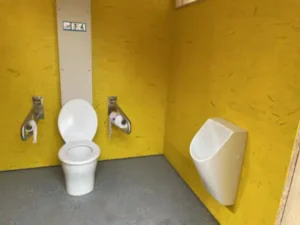
User-friendly.
Our toilet is a dry separation toilet and offers more comfort than other concepts. The toilet chair is the same as the usual structure and the excrements are not visible. A small fan in the toilet chair permanently ventilates the entire room and the fresh air makes your visit to our toilet so pleasant and hygienic.
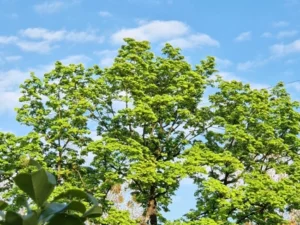
Sustainable.
A TTB DUO or a GOLDGRUBE® are both a sustainable solution for various reasons. On the one hand, they save water and thus avoid wastewater that needs to be treated, and on the other hand, no further resources need to be used for infrastructure, resulting in a decentralized solution. Furthermore, our “waste” can also be better recycled, as nature knows no waste. The result is “A Better Resource Use”.

Economical.
The installation of a TTB GOLDGRUBE® or TTB DUO is extremely worthwhile from both an ecological and an economic point of view. By eliminating the sewer and saving the toilet's daily water, costs are reduced considerably. In addition, the overall costs are reduced by up to 90% compared to conventional solutions. In addition, the TTB GOLDGRUBE® has a service life of over 25 years and a TTB DUO is highly flexible.
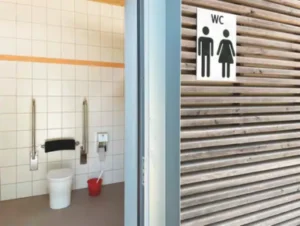
Easy to operate.
The simplicity of the concept makes our dry separation toilets pleasant for the operator: the systems are frost-proof, robust and require little maintenance. Disposal of the materials depends on the size of the plant and the frequency of use. A large GOLDGRUBE®, for example, is designed for up to 9,000 uses, which usually corresponds to one emptying per year. The non-porous, smooth surface of the toilet seat enables quick, easy and thorough cleaning.

Self-sufficient. Flexible.
Our toilet solution offers maximum flexibility as it does not require any connections to the existing infrastructure. It works by storing faeces and urine separately in one container (GOLDGRUBE®), so no extra chemicals or litter are required. Or with the TTB DUO in two containers, which you can also set up even more flexibly. There is also no need to fill up with special substances or follow special instructions, which makes it easy for users to use. Disposal is also very simple. In addition, the TTB GOLDGRUBE® is buoyancy-proof and can be flooded, while a TTB DUO is quickly dismantled. Both systems can also be operated independently using a solar panel.
Areas of application
Public sector
Public toilets are an important part of municipal infrastructure to promote health, tourism, environmental protection and social justice.
Business sector
Toilets are necessary for every business. Whether it’s a beer garden, a pub or a restaurant by the lake, we all need a quiet place to go after a few drinks. However, our excursion destinations are often in the countryside and a sewer connection is not financially feasible.
Private sector
Toilets are important for health and hygiene, to prevent disease, protect the environment and improve living standards. Our solution is a sustainable toilet that can be a real alternative for private customers.
Travel toilets
The TTC HOLZ is a compact toilet solution. It is ideal for the leisure sector in particular – and therefore the solution for anyone looking for a simple and sustainable toilet.
How a dry separation toilet works
The separation in the toilet
Urine and feces are substances that are clearly different from each other and our body already separates them. The dry separation toilet maintains this separation and is waterless.
The liquid urine is directed through hoses and pipes into collection containers, just as many men already know from waterless urinals.
Excrement fall by gravity into a collection tank. Both, the toilet seat and the down pipe, are designed in such a way that the feces are not visible or accessible. The collection containers are either barrels or our GOLDGRUBE®.
The containers are emptied with an appropriate vacuum pumping vehicle, since both material streams consist largely of water.
You can find out more about the toilet in general, our dry separation toilet and everything else you’ve always wanted to know about it in our interesting facts section or in our toilet blog.
The saving by dry separation toilets
Urine contains large amounts of nutrients and feces consist of energy-rich, organic substances. If we do not mix urine and feces, or mix them with little water, then they remain valuable substances. Until the introduction of the water flush toilet, the materials were commonly used.
Traditional water toilets greatly dilute the amount of feces, turning 600 liters of excrement into 13,000 liters of dirty water. As a result, large amounts of wastewater must be transported and direct use is no longer possible. Subsequently, we as a society try to partially re-purify the wastewater in a wastewater treatment plant with a high input of energy and materials and then return the treated water to nature. However, it is not drinking water and still contains many pollutants. Some of the residual waste in the treatment plant is burned to produce energy, and the rest often ends up in garbage dumps.
In a waterless toilet, such as a dry separation toilet, no wastewater is produced and fecal matter does not enter the sewer system. As a result, the pollution of the remaining wastewater and the danger to the environment are significantly lower than with today’s dirty water. Thus, our modern toilets better protect the environment, as well as groundwater and human health.
Dry separation toilets highlights
-

TTC HOLZ hinten
761,99 €incl. VAT
-

Kombo – TTC MINERAL & TTB DUO
2.099,99 €incl. VAT
-

TTC MINERAL
1.129,99 €incl. VAT
Public non-sewered sanitation system
self-sufficient
low maintenance
sustainable
optional: easy accessible
We offer self-sufficient, connection-free toilet solutions. These comply with DIN 30762 and are therefore state of the art. You can set up our solutions flexibly, as we do not require access to the typical connections to the infrastructure. In this way, you avoid high investment costs in the sewer network and at the same time protect the environment. This beneficts are helping everyone. By means of vacuum suction vehicles, an annual emptying usually takes place.
Where could you imagine a new toilet facility?

